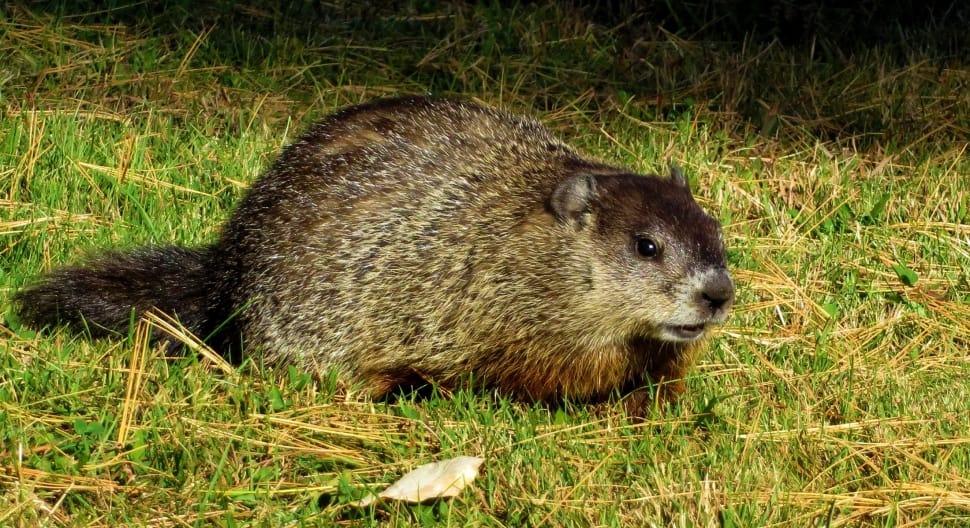Snowshoe Mountain is a popular resort in West Virginia, but it's also home to a variety of unique animals. Here are five animals that you might spot if you visit Snowshoe Mountain:
- Blue crayfish: These crayfish are a rare species of crayfish that are only found in a few places in the world, including Snowshoe Mountain. They are named for their bright blue color, which is produced by a pigment called astaxanthin. Blue crayfish are an important part of the ecosystem at Snowshoe Mountain, and they help to keep the waterways clean.
- Cheat Mountain salamander: This salamander is a threatened species that is only found in a few areas of West Virginia. It is a small, brown salamander with a white belly. Its habitat is threatened by development and logging. Cheat Mountain salamanders are nocturnal, and they spend most of their time under rocks and logs.
- Whistle pigs: These rodents are also known as marmots. They are large, burrowing animals that are active during the day. They are known for their loud whistling calls, which they use to communicate with each other.
- Dark-eyed junco: These songbirds are common in the mountains of West Virginia. They are small, brown birds with white outer tail feathers. They are known for their sweet, warbling song.
- Snowshoe hare: These hares are a common sight in the winter months. They are white with black markings, which helps them camouflage themselves in the snow. They are also known for their large hind feet, which help them to travel easily in deep snow.
In addition to these animals, Snowshoe Mountain is also home to a variety of other wildlife, including deer, bears, foxes, and bobcats. With its diverse ecosystem, Snowshoe Mountain is a great place to go for wildlife viewing. If you're visiting the resort, be sure to keep an eye out for these creatures. You might just be lucky enough to see one of them in the wild.
Tips for spotting wildlife at Snowshoe Mountain:
- The best time to see wildlife is early in the morning or late in the evening.
- Be quiet and still when you're out in the woods. This will help you avoid startling the animals.
- Look for tracks and signs of wildlife. This can help you identify what animals are in the area.
- Be patient. It can take some time to spot wildlife, but it's worth the wait.
